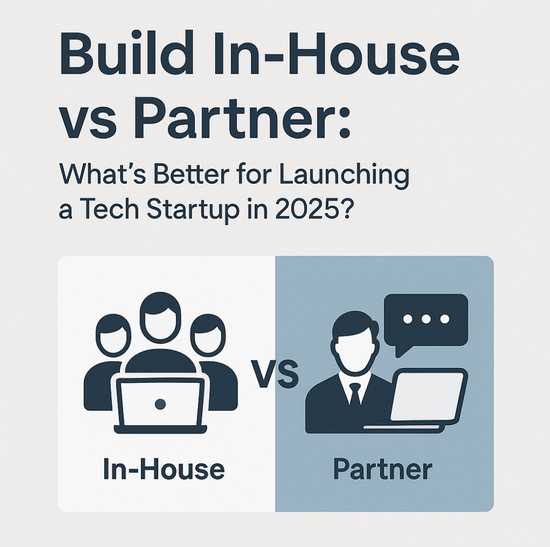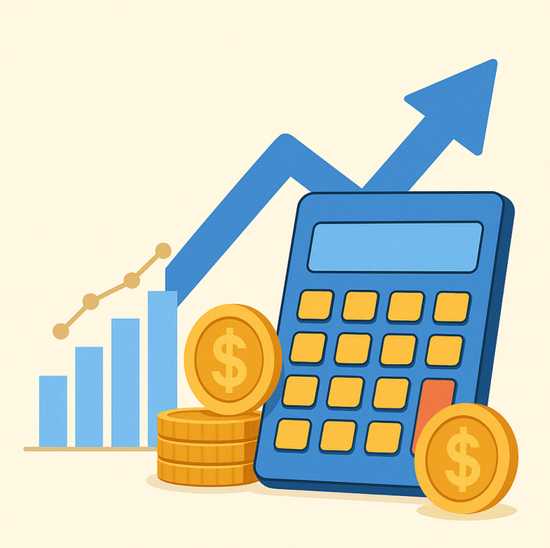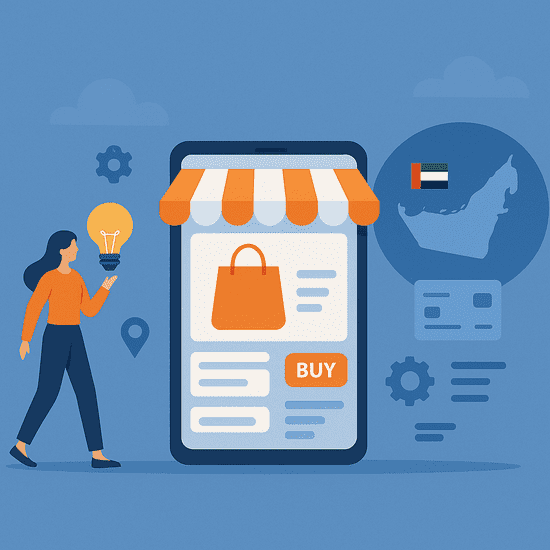AdTech Software Development in 2025: Trends, Challenges, and Real-World Solutions
Introduction to AdTech Software Development
The advertising technology (AdTech) industry is undergoing a profound transformation in 2025. With third-party cookies being phased out, data privacy regulations tightening worldwide, and AI redefining campaign optimization, both advertisers and tech providers face a new reality. For startups and enterprises alike, building or modernizing AdTech platforms demands a strategic blend of business vision, technical depth, and regulatory awareness.
This article explores the key AdTech software development trends shaping the market, outlines common challenges in launching scalable ad platforms, and highlights case studies from Inventale — a tech partner with deep expertise in predictive analytics, DOOH intelligence, and real-time campaign infrastructure.
Key AdTech Software Development Trends in 2025
1. End of Third-Party Cookies (Finally)
Most major browsers have now deprecated third-party cookies. This forces platforms to rely on:
- First-party data collection from logged-in users
- Contextual targeting based on page content and metadata
- Clean rooms and identity graphs built around user consent
This shift is transforming how advertisers segment audiences and measure performance. AdTech companies must invest in privacy-resilient targeting and attribution models that work in a cookieless world.
Learn more: Google Privacy Sandbox
2. AI and Predictive Modeling in AdTech Software
Artificial intelligence is no longer just a buzzword — it’s an essential layer in the AdTech stack. Platforms use ML to:
- Predict click-through rates and conversion likelihood
- Allocate budgets dynamically across channels
- Personalize creative variations based on user behavior
- Optimize ad placements in real time
Large Language Models (LLMs) are being integrated into ad copy generation and segmentation strategies, enabling hyper-personalized communication at scale.
See report: BCG — Digital and AI Solutions Reshape Healthcare
3. Privacy-First Architecture in AdTech Development
New laws like the EU’s Digital Markets Act (DMA), U.S. state-level data laws, and evolving IAB standards (e.g., TCF 2.2) are pushing platforms toward compliance-by-design. Key features include:
- Consent tracking and revocation systems
- End-to-end encryption for PII and behavioral data
- Detailed data flow transparency for users and auditors
More info: IAB TCF 2.2 Overview
4. Omnichannel Campaign Management in AdTech Platforms
Modern advertisers operate across Meta, Google, retail media networks, digital out-of-home (DOOH), podcasts, and CTV. They expect:
- Unified reporting dashboards
- Cross-channel audience retargeting
- Attribution paths that reflect multi-device journeys
AdTech vendors must support seamless orchestration — not just fragmented channel execution.
5. Ad Inventory Forecasting Tools in AdTech Software
Publishers, especially in display, DOOH, and CTV, face increasing pressure to monetize efficiently. They rely on:
- Forecasting tools to predict ad inventory supply
- Price optimization algorithms for dynamic CPMs
- Under-delivery detection mechanisms to avoid penalties
See example: How Ad Forecasting Works (Google Support)
What Makes AdTech Software Development Unique?
At Inventale, we’ve seen these challenges firsthand. Over the years, our team has helped launch and scale AdTech platforms for both startups and enterprises — from predictive analytics systems for global publishers, to smart DOOH analytics in the UAE, to intuitive campaign tools for small businesses in India. This hands-on experience shapes how we think about architecture, UX, and go-to-market risks — not just how to write the code.
AdTech products sit at the intersection of real-time analytics, UX-heavy workflows, and strict compliance demands. Here’s what makes them uniquely challenging:
- Massive data volumes: Billions of events per day — from impressions and clicks to auction logs and session data — must be ingested, normalized, and analyzed in near real time.
- Integration depth: Your platform must integrate with DSPs, SSPs, CDPs, CRM tools, analytics platforms, data clean rooms, and consent management providers.
- Performance pressure: Low-latency is critical. Delays in bidding, targeting, or reporting reduce competitiveness.
- UX for non-technical users: Marketers and media buyers need intuitive, no-code tools with rich dashboards and automation — without knowing how your infrastructure works. Many teams are seeking alternatives to Google Analytics due to its complexity and lack of intuitive UX. This creates space for privacy-compliant, easy-to-navigate analytics platforms.
- Global compliance stakes: From GDPR to CCPA and consent strings, legal missteps are costly.
A successful AdTech software platform must combine scalability, flexibility, transparency — and speed.
AdTech Software Development Case Studies: Inventale in Action
Over the years, Inventale has worked side by side with founders, media agencies, and marketing teams — helping them bring bold ideas to life with scalable, data-driven AdTech products. Here are just a few of the ways we’ve supported real innovation:
✅ Helping Publishers See the Future of Their Ad Inventory
One of our earliest platforms helped large publishers forecast how many impressions they’d have — and how best to allocate and price their ad space. This wasn’t just a spreadsheet tool; it was a full system for predicting demand, avoiding underdelivery, and planning ahead. The product proved so effective that it was later acquired by Swedish-American analytics brand Burt.
✅ Bringing Real-World Insights to Digital Billboards in the UAE
With the team at IQ Data, we co-developed an analytics system that shows media owners exactly how people move around outdoor ad screens — using computer vision and privacy-respecting sensors. Advertisers use this data to price screens more accurately and plan campaigns based on real foot traffic, not guesswork.
📍 The platform is now used by multiple companies in the UAE. See Backlite Media Case
✅ Making Local Ads Simple for Small Businesses in India
With Geopop, we helped launch a platform that gives local businesses a way to advertise on Meta platforms — even if they’ve never run a campaign before. Users can simply draw a target area on a map, set a budget, and go. Under the hood, it handles everything from optimization to competitor analysis.
🎯 The result: better reach, lower cost per acquisition, and a smarter way to grow.
How to Succeed With AdTech Software Development in 2025
If you’re launching or modernizing an AdTech product, here’s what to prioritize:
✅ 1. Define Your Audience and Platform Niche
Are you building for:
- Media buying agencies?
- In-house marketing teams?
- Publishers and media sellers?
- Local SMB advertisers?
Each has different expectations, workflows, and KPIs.
✅ 2. Use a Scalable AdTech Architecture
Opt for:
- Microservices
- Event-driven pipelines
- Cloud-native deployment
This enables faster iteration and easier compliance updates.
✅ 3. Plan API Integrations Early in Development
Even if you’re MVP-stage, align your roadmap with the APIs and approval flows of:
- Meta Ads
- Google Ads
- DOOH platforms
- Retail media APIs
Integration delays can stall your entire go-to-market.
✅ 4. Design AdTech Platforms for Transparency and Trust
Modern platforms must:
- Show exactly how data is collected, stored, and processed
- Provide log-level reports and audit trails
- Offer opt-out mechanisms for users
Trust is a competitive differentiator.
✅ 5. Choose a Development Partner With AdTech Experience
Inventale is more than a dev team — we’re former product builders in AdTech. We understand:
- Ad economics
- User experience design for campaign builders
- Data quality and enrichment workflows
- Infrastructure tuning for high-velocity traffic
From ideation to long-term scale, we help you launch platforms that work in the real world.
📩 Planning to launch an AdTech software product or modernize your existing platform? Let’s talk. We help founders and teams turn ideas into scalable, compliant, and profitable advertising solutions.


